How to reach here:
By Air: Flights to Raipur will be available regularly, and the city houses one of the most important airports in the state – the Raipur airport.
By Rail: Trains to the city of Raipur can be taken from Delhi, Nagpur, Mumbai and other cities like Chennai and Bhubaneshwar.
Best time to visit: October to March.
Languages spoken: Hindi.
Must eat: Bafauri, Jalebi.
Famous Restaurants: Carvan Sarai, Rajdhani thali, Girnar Restaurant , Coconut Treat.
Places you must visit:
Vivekananda ashram is an important place of tourist interest for those who seek spiritual enlightenment and is a branch of the mission inaugurated by Swami Vivekananda in the year 1897. The organization works on the principles of ideologies that are based on renunciation and self-emancipation and attempts to achieve the overall well being of the world.

Doodhadhari Temple is located in the Purani Basti area of Raipur. Built by King Jaitsingh, the temple dates to the 17th century. The temple has been named after the fact that during the reign of the king, the main saint of the temple used to accept only offerings of milk from the devotees.Dedicated to Lord Rama, the temple has derived its named after the deeds of Swami Balbhadra Das. The temple is situated on the banks of an ancient river called Maharajbandh. The temple feature stunning murals. There is also a monastery that was named after Swami Balbhadra Das who survived only on 'Doodh' (milk) as his food. You can also find the memorials of the ex- Mahants (ministers) here.
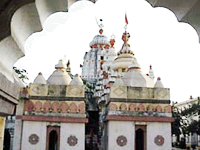
Vivekananda sarovar known as buda talab board club board faculties are available,where you can enjoy the beauty of the beautiful sarovar.


Mahant Ghasi Das Memorial Museum is home to a collection of inscriptions, images, coins, sculptures and other items that are of historical significance to the region. Collections of the museum are displayed on two floors and in 5 galleries. In the museum is also located a library having a collection of records of the major happenings of the city’s history.Established in 1875 by Raja Mahant Ghasidas of Rajnandgaon, the museum is a preservation site of different types of objects of archaeology, anthropology, and natural history. Arts, crafts, and paintings comprise the compilation of the museum. On the first floor of the museum, objects related to nature and its history containing various mammals, snakes, and birds have been showcased.Collections are housed in an octagonal building that displays British architectural style. Shape of British crown is depicted by the dome of the edifice. One among st the ten oldest museums in India, it has in its exhibit various mammals, snakes, and birds.

Shadani Darbar has been named after the saint Shri Shadaramji Saheb. Spread over an area of 12 acres, it has a hall where Dhuni Saheb is kept. On either side of the wall, beautiful engraved images of gods and avatars (incarnations) are present. Every day, Dukh Bhanjan Dhuni is performed. Musical fountains with religious idols and statues are also found within the darbar.
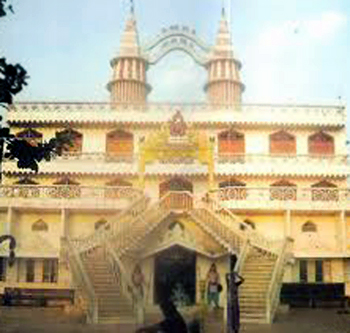
Champaran has religious significance for being the birthplace of the Saint Vallabhacharya, the reformer and founder of the Vallabh Sect. Located at a distance of about 60 km from Raipur, the village has a temple that was constructed in honour of Saint Vallabhacharya.Temple of Champakeshwara Mahadeva is located next to this temple. Every year in the month of Magh, an annual fair is held in the village. On eleventh bright day of Baisakh (April-May), birth anniversary of Saint Vallabhacharya is celebrated every year. The village is swarmed by devotees on the anniversary of the birth of Saint Vallabhacharya. In the village is also located the Temple of Saint Vallabhacharya, the place of worship for the followers of the Vallabha Sect.


Arang is situated near the Eastern limits of Raipur City. This Nagar Panchayat in Raipur District, it is most often referred to as the city of temples. In addition to Baaghdewal, Mahamaya, Danteshwari and Jain Temples, the town is also home to the 11th century Bhandewal Jain Temple.

Dhamdha has been declared as the Nagar Panchayat of the district of Durg of Chhattisgarh state. Old palatial building structure known as the Prachin Kila and the Mandir are prominent highlights of the town.
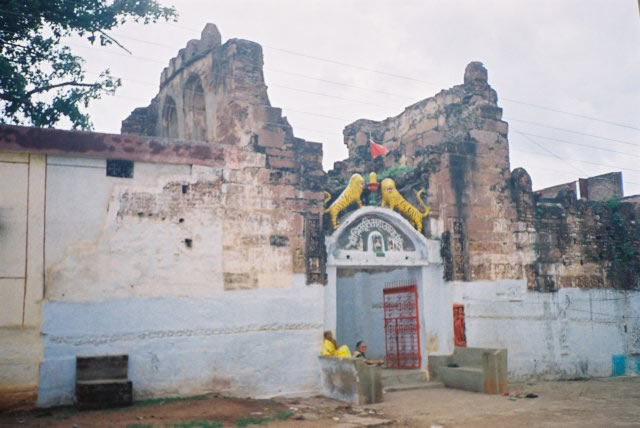

Nagar Ghadi is a singing clock made by Raipur Development Authority. Constructed in 1995, the clock sings tunes of Chhattisgarhi folk music every hour before hourly bell chime.



Rajeev Smriti Van has been developed in memory of Late Rajeev Gandhi, the former Prime Minister of India. This unique ex-situ conservation site covers an area of 14 acres. From a barren site, it has been developed as an ex-situ conservation center By providing an understanding on the dynamics of trees, nature and environment, the center is poised to build public awareness towards the conservation of nature.

Barnawapara Sanctuary is located in northern part of Mahasamund District of Chhattisgarh. Spread over an area of 245 sq km, the sanctuary was established in 1976 under Wildlife Protection Act of 1972. Flat and hilly terrain with altitudes ranging from 265 to 400 metres forms the topography of the region. Tigers, leopards, hyenas, antelopes, porcupine, bison, pythons and many other species are found in the sanctuary.Bird species found in the park include herons, bulbul, parrots, egrets and several rare avifaunas. Flora of the sanctuary consists of trees like sal, teak, bamboo and other tropical dry deciduous trees, along with mahua, tendu, ber and seemal trees. The sanctuary is also home to sloth bears, flying squirrels, jackals, four-horned antelopes, leopards, chinkara, black bucks, jungle cats, barking deer, porcupines, and monkeys.Nature lovers visiting the sanctuary can also view bison, striped hyenas, wild dogs, chital, sambar, nilgais, gaurs, muntjac, wild boars, cobras, pythons and others. Bird population of the sanctuary comprises parrots, bulbul, white-trumped vultures, green avadavat, lesser kestrels, peafowl, wood peckers, racket-tailed drongos, egrets, and herons.


Rajim is situated on the right bank of the Mahanadi River. Most prominent attraction of the town is the Rajivalochana Temple, which is dedicated to Lord Vishnu. Tall single figures sculptured on the face adorn the twelve pillars of the temple. These sculptures include Durga with eight arms, the Ganga and Yamuna and exquisitely carved incarnation of Vishnu, Rama, Varaha (boar) and Narasimha (Man-cum-Lion) and others.In the town, a black stone statue of the Buddha meditating under the Bodhi tree can also be found. Around Rajivalochana Temple, several temples can be found that are dedicated to different incarnations of Lord Vishnu such as Vamana (boar), Narasimha (Man-cum-Lion), Badrinath and Jagannath. Kuleshvara Mahadeva Temple is located on an island, which was severed from the mainland by the river.Devotees can find inscriptions belonging to Somavanashis, Nalas and Kalchuris in this temple. In the town, which is the meeting point of 3 holy rivers, Mahanadi, Pairy and Sondhu, several beautiful temples belonging to 7th to 11th centuries AD can be found.
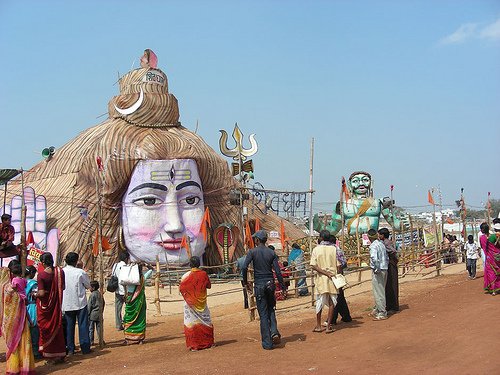
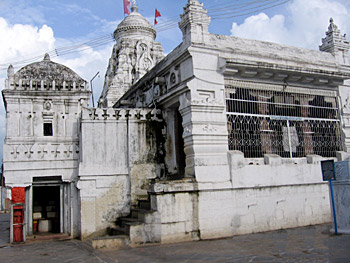
Hajra has a 46 m high falls that is situated among dense forests, hills and tunnels. Located in Dongargarh, the area is a popular picnic spot.

Uwasaggaharam Parshwa Teerth was founded on February 5, 1995. This Jain Temple is located in Nagpura. Temples, a garden, guesthouses and Yoga Centre comprise the area near this Jain temple. Located on the bank of the River Sheonath, the temple has the statue of Shree Parshwanath.River Sheonath is famed for washing the holy feet of Shree Parshwanath, thousands of years ago, during his August visit to this area of Chhattisgarh. The temple has a 30 ft high entrance gate, from which holy water amiya oozes.

Urja Park is located at Mana Road within the city.

Bambleshwari Temple is located at Dongargarh, which lies at a distance of 100 km from Bhilai. This temple is located on the top of a hill.


Banjari Mata Mandir is believed to have been established by Shree Harish Joshi. Legend behind the construction of the temple states that Shree Harish Joshi found a stone looking like an idol of Banjari Mata. Following his discovery, he began to worship the idol. Soon, the idol combined huge renown, leading to the construction of the temple.


Tandula is a dam that is located at the confluence of Tandula and Sukha Nala Rivers. Completed in 1921, the dam stores water from catchments area of 827.2 sq km.

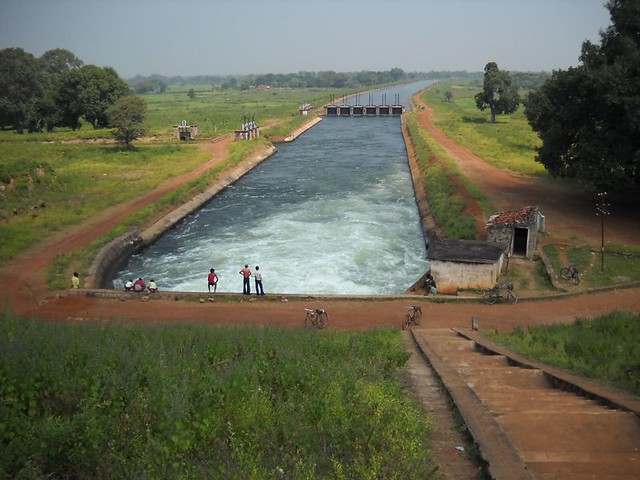
Bhand Dewal Temple, dating from the mediaeval period, has a distinguished style of Jain architecture. This dilapidated Jain temple is situated at Arang in Raipur District of Chhattisgarh. Assignable to the late 11th century Bhumija style, the five-storeyed temple is stellate on plan with six offsets. Having ornate lofty socle and two bands of sculptures on the wall, it interprets the Bhumija mode in the regional Kalchuri style.



Maitri Bagh-Zoo symbolizes the harmony between India and the USSR. Literally meaning 'friendship garden', this zoo-cum-park was established by the Bhilai Steel Plant. At the park, musical fountain, a number of gardens, a lake, a man-made waterfall, a musical fountain and a toy train known as Maitri Express are present.

Udanti Sanctuary was created to protect the wild buffaloes. Apart from occupying south-eastern portion of Gariaband taluka of Raipur District in Chhattisgarh, the sanctuary also adjoins Orissa state in eastern side. Spread over an area of 247 sq km, the sanctuary was established in 1983 after the Wildlife Protection Act of 1972 was passed. After River Udanti that flows through this region, the sanctuary has derived its name. Hilly and some parts are plain land form the topography of the region. In addition to wild buffaloes, the sanctuary also offers abode to tigers, antelopes, black bucks, jackals, foxes, bison, barking deer, wild dogs, hyenas, and cobras. Magpie robins, herons, parrots, egrets and pea fowls form the bird population inhabiting the sanctuary.Flora of the sanctuary comprises tropical dry peninsular type, of which Sal is the most common variety, along with the tropical dry deciduous mixed type. Vegetation of the sanctuary comprises teak, mahua, salai, mahul, herra, tendu and other varieties. Flora of the region is also represented by salai, bamboo, mahul, semal, mahua, aonwla, tendu, harra and ber trees.Wildlife of the sanctuary comprises wild buffalos, panthers, tigers, chital, four-horned antelopes, chinkara, black bucks, sambar, nilgais and jungle cats. Fauna of the sanctuary is also represented by barking deer, sloth bears, gaur, wild dogs, porcupines, monkeys, jackals, bison, striped hyenas, foxes, cobras, pythons and others.


Rajivalochana Temple is dedicated to Lord Vishnu. Literally meaning 'the beautiful-eyed one', the temple displays an example of Mahakosala architecture. On 12 pillars of the temple are carved, beautiful figures of Goddess Durga, Lord Vishnu, Lord Rama and Lord Narasimha. Built in the 8th century, the temple is located in Rajim, which is known as the Prayag of Chhattisgarh for having the confluence of three rivers, Mahanadi, Pairy and Sondhu.Located on the banks of the Mahanadi River, the temple has the chaitya arch window motif as the main design. Entrance to the shrine is adorned with sculptures of nagins (snake goddesses). In proximity of this temple is located other temples of various incarnations of Lord Vishnu like the Vamana and the Narasimha.
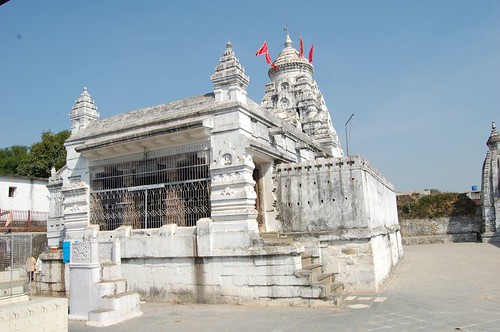
Ganga Maiya Temple is believed to have been built by a fisherman who saw an idol in his fishing net. Found in his net, this idol of Goddess Ganga was initially established in a hut. The temple is located near the Balod area of Chhattisgarh.

Nandanvan Garden is located on the banks of the Khaaroon River. In this beautiful garden are also housed a mini zoo with animals such as lions, tigers, panthers and deer.

Siyadevi is famed for a temple that is believed to have association with Ramayana. It is believed that during their exile in Dandaranya, Ram, Laxman and Sita lived at this site for a brief time period.

Deobalod is famous for the ancient temple of Lord Shiva that dates to the 5th century. This sub-town of Charoda is also famous for the Sri Hanuman Mandir, Sri Kali Mandir, Sri Ram Mandir, Sri Jagannath Mandir, and St. Vincent Palloti Church. Beside the Lord Shiva Temple, a pond is located, which is believed to have an underground link to another old town in Chhattisgarh state named Arang.Statue of Nandi is placed at the entrance of the temple. Sculptures of Lord Shiva and Lord Ganesha, along with other deities have been placed within the temple. Outside the temple, sculptures of warriors, dancing men and women, animals and gods can be found. Walls of the temple are adorned with few erotic sculptures.
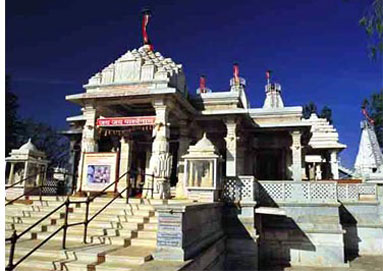
Sheorinarayan Temple is a 13th century temple that has ruined shikhara clustered with multiple turrets. Situated on the banks of the Mahanadi River, the temple displays Vaishnav shaili (style) and is believed to have been built by the kings of Hayhay Vansh. During the Magh Purnima in February, Sheorinarayan Fair is organised at the temple.
Thanks for providing this information.
ReplyDeleteDamdama Lake